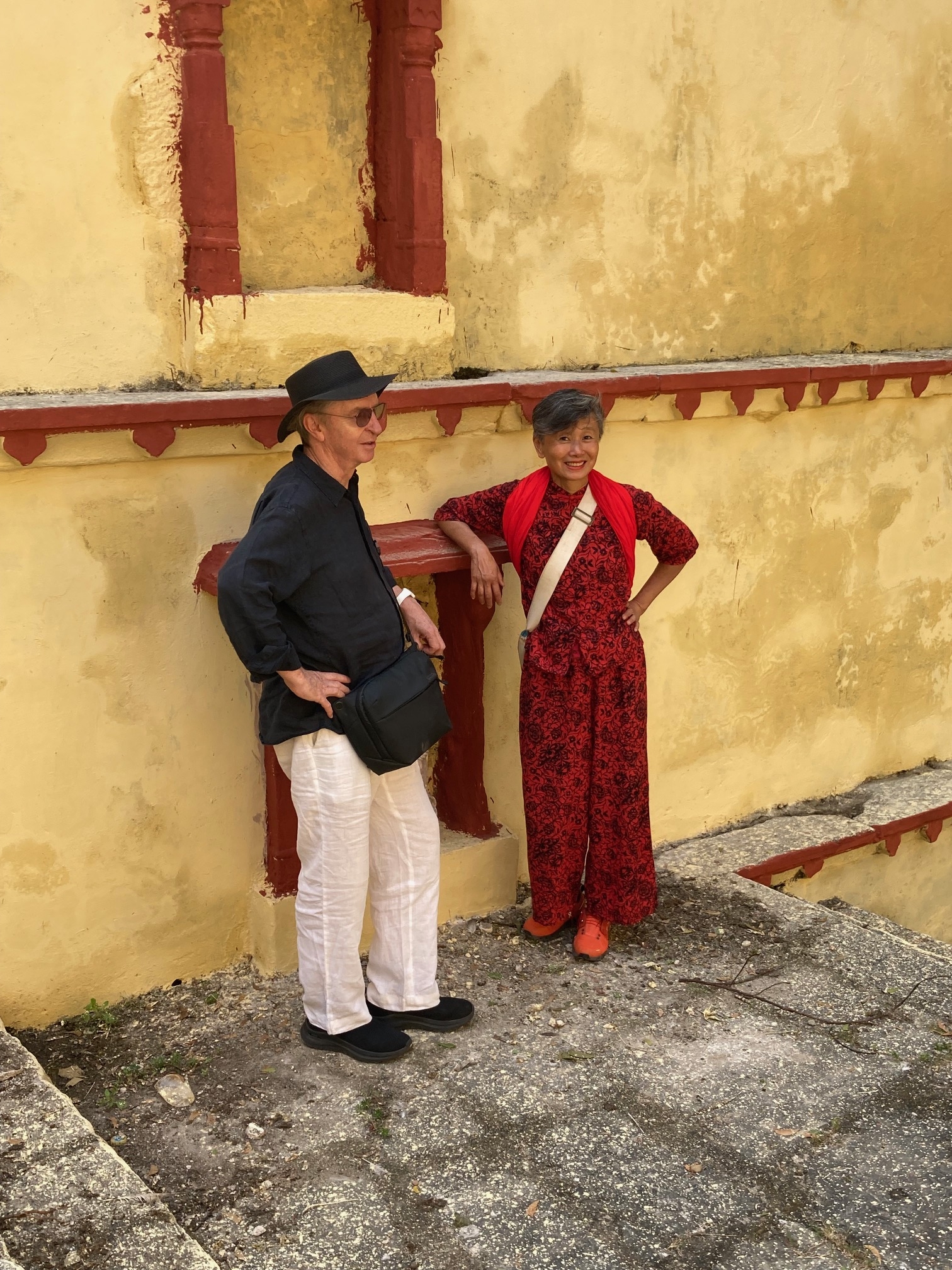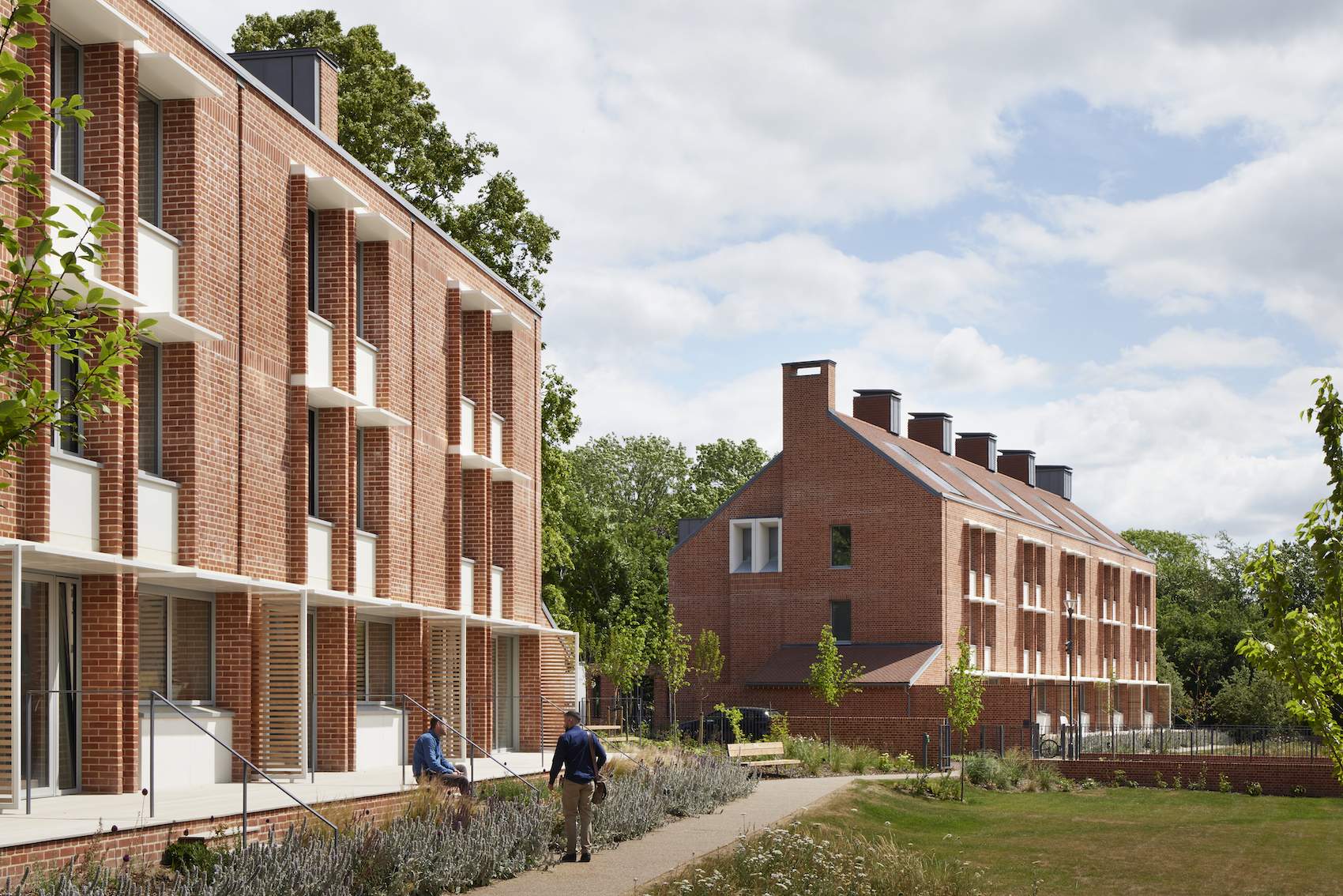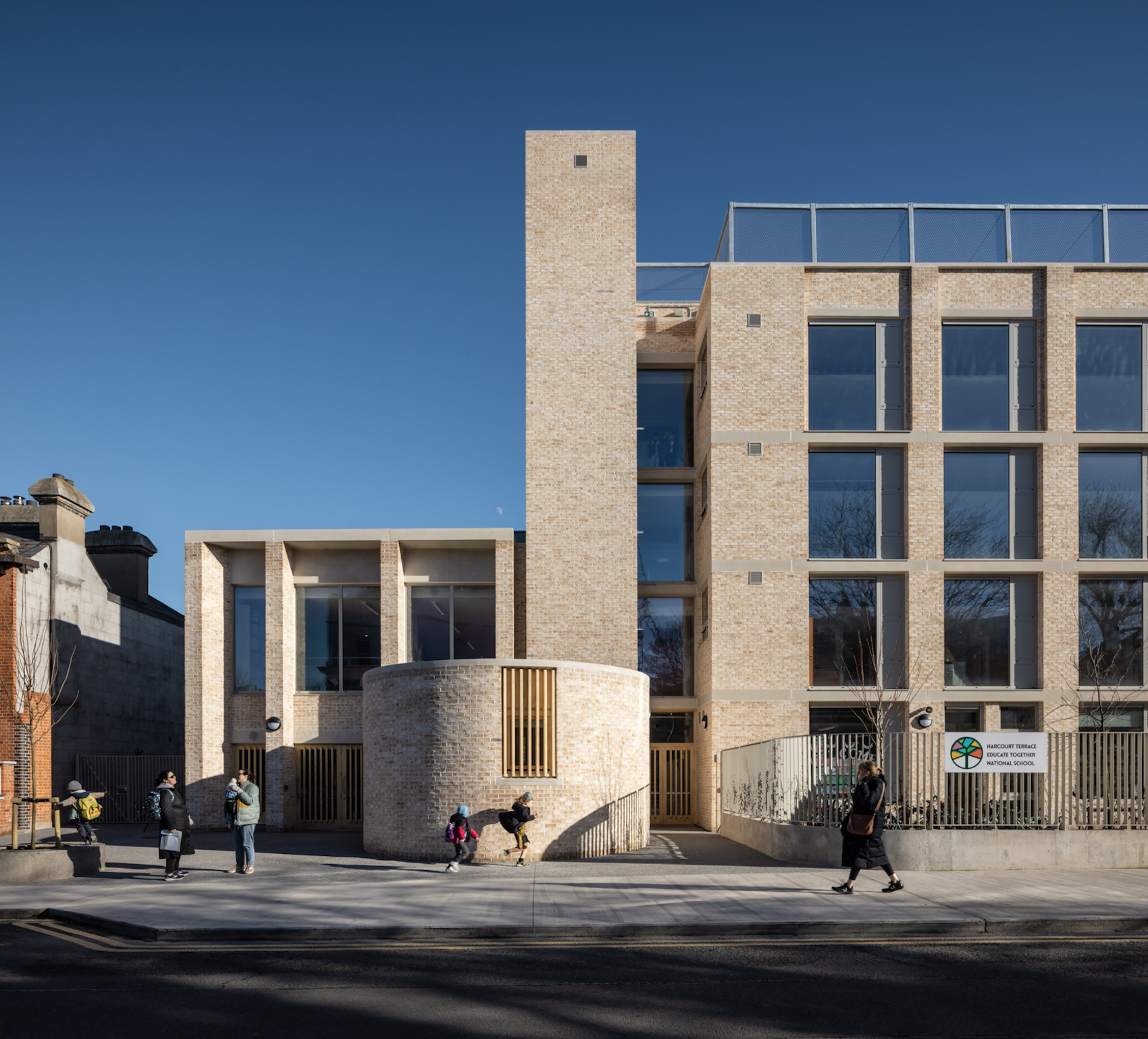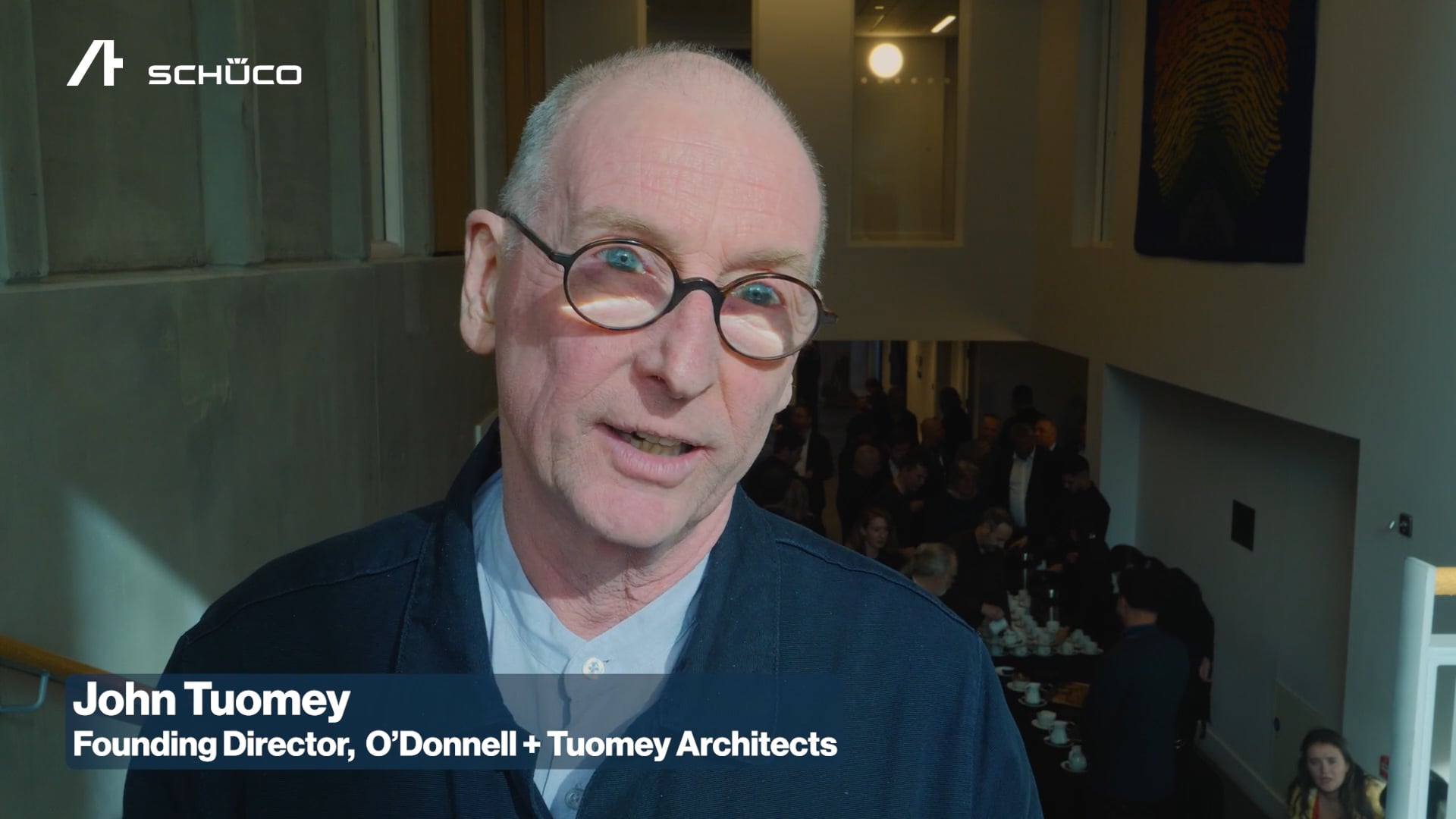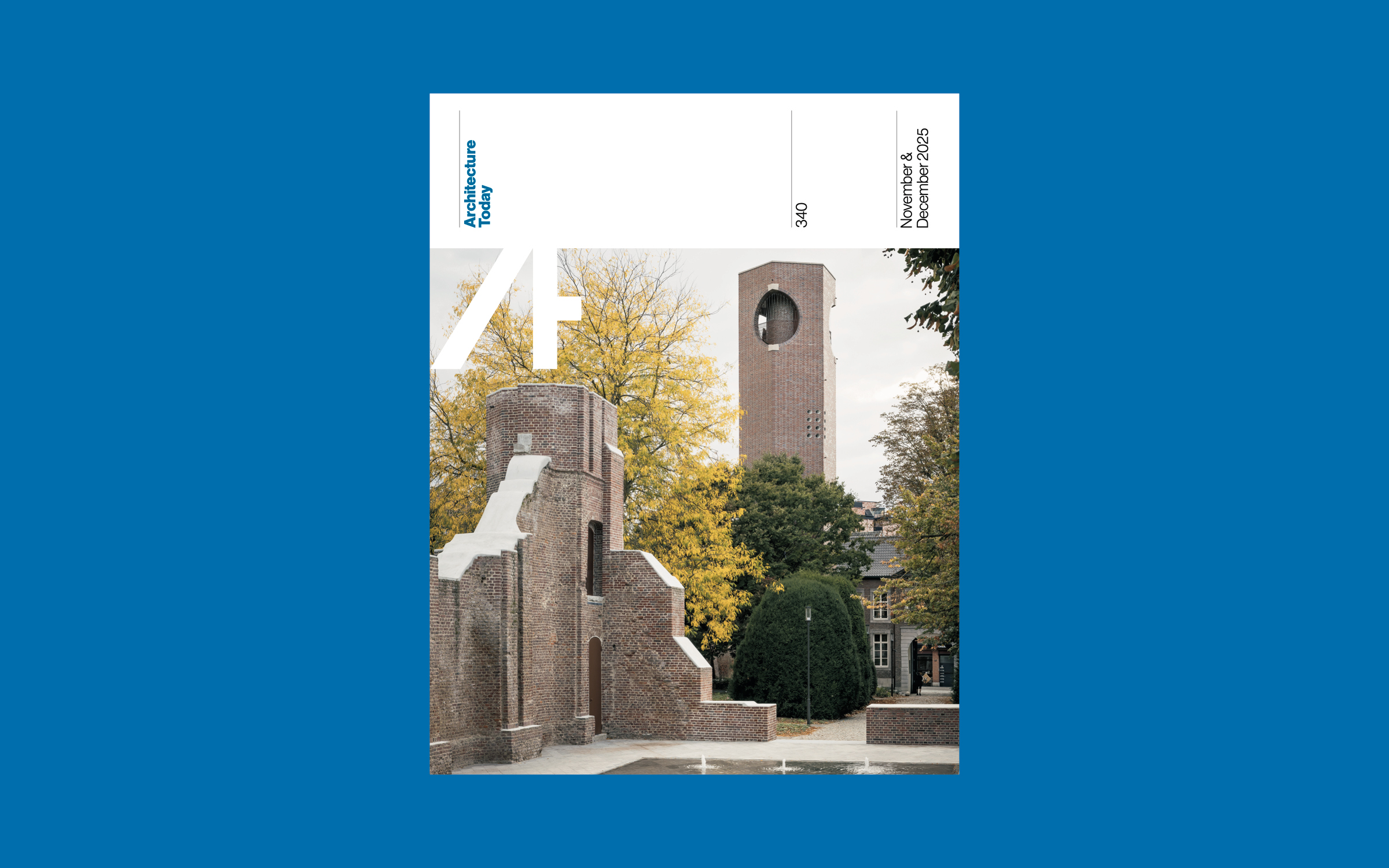The Centre of Construction Law & Dispute Resolution at King’s College London has produced a learning module on CCPC for School of Specification. Professor David Mosey explains why this is essential knowledge for architects.
How do architects stand to benefit from collaborative construction procurement
and contracting?
The key features of collaborative procurement and contracting include balanced tender evaluation, early supply chain involvement, integration of different commercial interests, and joint risk management. If these features are taken seriously through new procurement processes and new contracts, then collaboration can replace the risk-dumping traditions of a defensive and fragmented industry. The benefits to architects include:
- Balanced tender evaluation: If the procurement model ensures that architects are appointed on the basis of qualitative proposals, not lowest fees, and if contractors are appointed on the same basis, then this improves the business opportunities for architects and creates strong foundations for performance, innovation and good value for clients.
- Early supply chain involvement: If the procurement model and contract provide for contractors and specialist subcontractors to be appointed conditionally before the client gives authority to commence construction, this greatly reduces the architect’s risks because their designs can be reviewed and agreed by contractors and specialist subcontractors in advance of the construction phase without the architect losing control.
- Integration of different commercial interests: A collaborative contract can bridge the divide between architects, contractors and other team members. If it covers more than one project, then a collaborative contract can also enable a flow of work that underpins investment and learning while protecting intellectual property rights.
- Joint risk management: A collaborative contract can create a ‘core group’ decision making forum that reviews early warning of problems and seeks agreement of solutions that avoid costly and wasteful disputes.
What are the main barriers to collaborative construction and how can they be overcome?
The main barrier to collaborative construction is proposing a short-cut of reliance on vague, idealistic notions, such as good faith. This does not give confidence to architects or contractors in a high-risk industry and it also generates disputes regarding interpretation. The solution lies in treating collaborative construction procurement and contracting
as serious systems that can be broken down into the key features summarised above, and that can be assessed on their commercial merits as delivering obvious improvements on the status quo.
Do you have any advice for practices who don’t have, and can’t afford, specialist expertise on procurement and contracting?
All architects’ practices run the risk of spending huge amounts of money on dealing with claims and disputes, which construction procurement and contracting are proven to avoid. When reviewed in practical terms, collaborative construction procurement and contracting are intuitive, and for architects to understand and use them is not expensive. There is a wealth of practical guidance and case studies readily available, such as the experience shared among the 3,000 followers of the ‘Alliance Steering Group’ on LinkedIn.
Join Professor David Mosey and his colleagues to learn more about CCPC at:
www.schoolofspecification.co.uk/courses/collaborative-construction-procurement-and-contracting/




